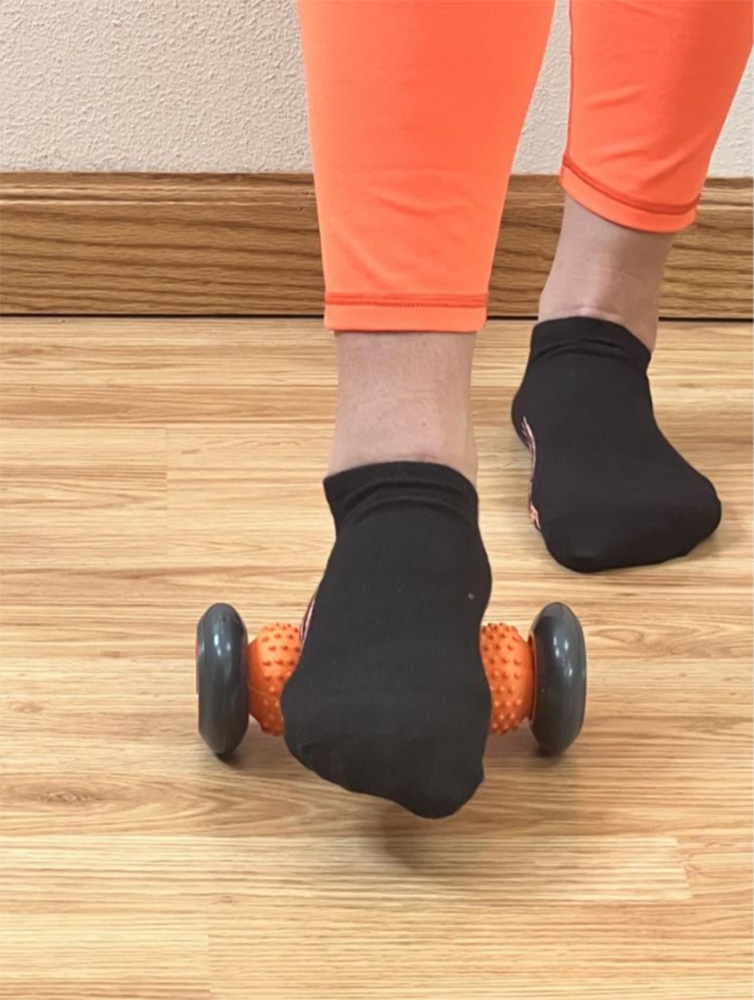
Free Shipping on $50+
September is dedicated to raising awareness about chronic pain and its impact on individuals’ lives. This month provides an opportunity to learn more about different types of pain, their causes, and effective management strategies. Two common types of pain that many people experience are low back pain and headaches.

Pain can be classified into several categories, including:
Back Pain and Headaches: A Closer Look

The Impact of Chronic Pain
Chronic pain, lasting more than three months, can significantly affect a person’s quality of life. It can lead to:
While there’s no one-size-fits-all approach to managing back pain and headaches, incorporating self-care techniques can help improve your overall well-being. Here are some effective strategies:

In addition to self-care, there are other effective ways to manage back pain and headaches:
Remember: You are not alone. Many people live with chronic pain. By understanding the causes and effective management strategies, you can take control of your pain and improve your quality of life.
For more information on our awesome muscle care tools, visit www.tigertailusa.com or email [email protected]
Stay Up-to-Date!

Dr. Julie Zuleger has over 20 years of experience as a Licensed Massage Therapist, Certified Strength, and Conditioning Specialist (CSCS), Corrective Exercise Specialist, RYT-500 Yoga Instructor, and Human Movement Specialist. Julie promotes self-care using massage tools and stretching-based programs and teaches continuing education courses for yoga teachers, massage therapists, athletic trainers, strength and conditioning, fitness, and wellness professionals. Julie holds a PhD in Education and is the Director of Kinesiology and Education at Tiger Tail USA.